Cats bowing in apology is Japan’s latest weird gacha capsule toy collection
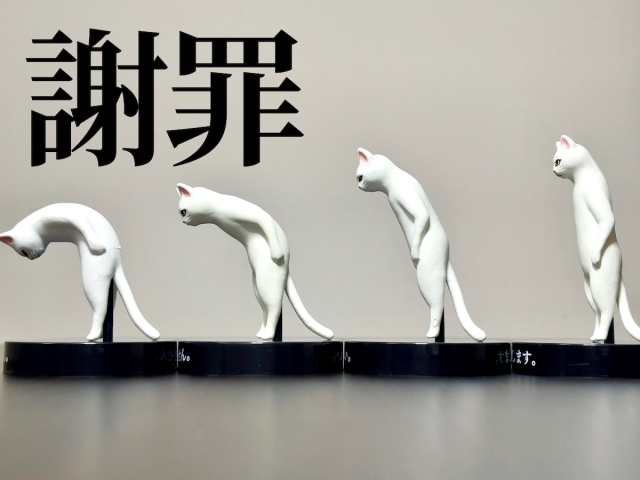
Felines walk us through the finer details of saying sorry in Japan.
In Japan, bowing is so deeply ingrained in the culture that the depth and type of bow can speak volumes. For those new to the culture, this form of expression can be an awkward one to master, but don’t worry — there’s a gacha capsule toy series here to guide us in the ways of the bow in the cutest way possible.
▼ With apologetic cats!

Our Japanese-language reporter Saya Togashi reckons this cute collection captures “the essence of Japan“, because what can be more Japanese than to know how to bow properly?
▼ These cats focus specifically on bows of apology, and there are six in the series to collect.
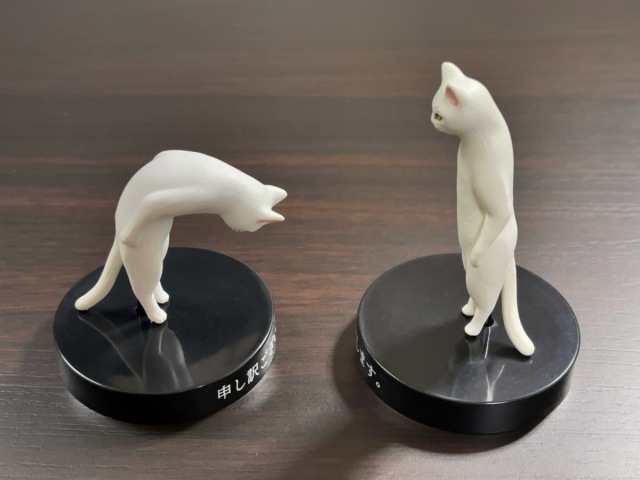
Gacha toy collectors might think there isn’t a lot of variation between these kitties at first, but a closer look reveals they have different expressions…
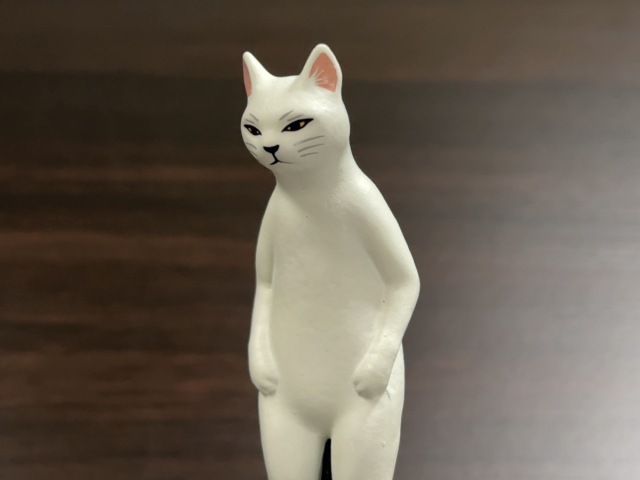
▼ …and different bowing angles.
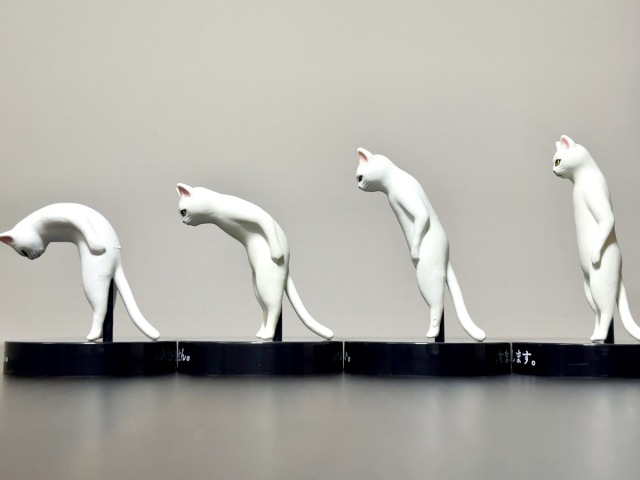
In Japan, people are taught how to bow from a very young age, refining the art as they grow older and need to bow for different situations, like during job interviews and to show respect for colleagues of various ranks within a company. Generally, the three main bows involve bending at angles of 15 degrees, 30 degrees and 45 degrees, but there are a few more to learn as well, so let’s take a look at what these cats have to say about it all.
This first cat can be seen demonstrating a low bow for a relatively low level of apology, where little more than a lowering of the head and gaze is required. The cat’s pedestal here reads “Shitsurei Itashimasu” (“Excuse Me”), a phrase that often accompanies this bow when employees dip their head as they enter a room at work.
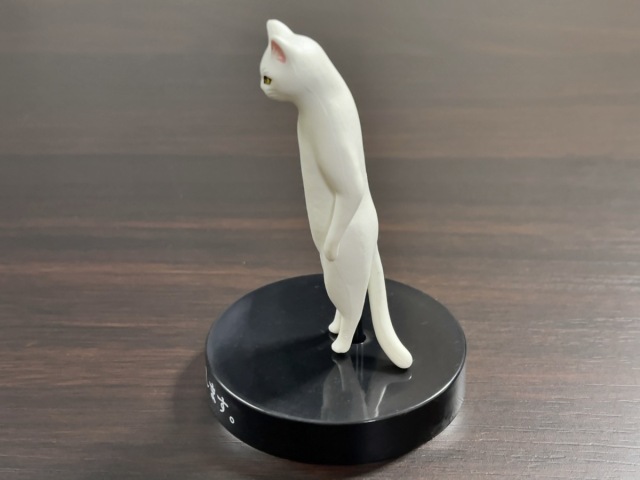
Next is the 15-degree-angle bow (known as “eshaku“). The phrase on the pedestal reads “Gomen Nasai” (“I’m Sorry“), which is more commonly used when speaking to those you know well, like friends or family members.
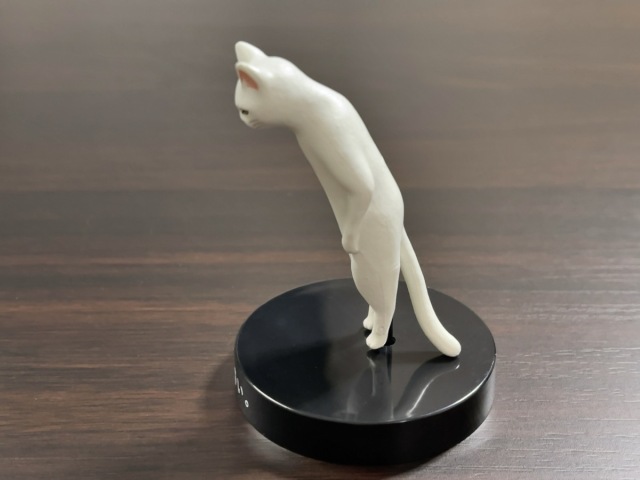
▼ A closer look at this cat’s facial expression, however, reveals it might not really be sorry for what it did.
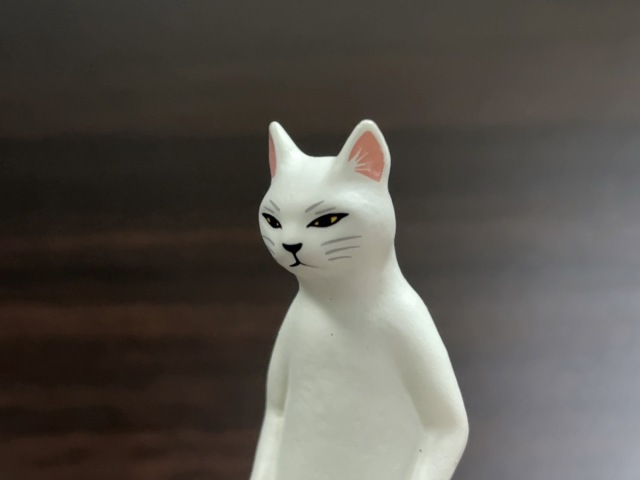
Next is a more respectful bow known as “keirei“, which involves a 30-degree bend of the torso. The phrase for this one is “Sumimasen” (“I’m Sorry“), which is more appropriate when apologising to those you don’t know so well.
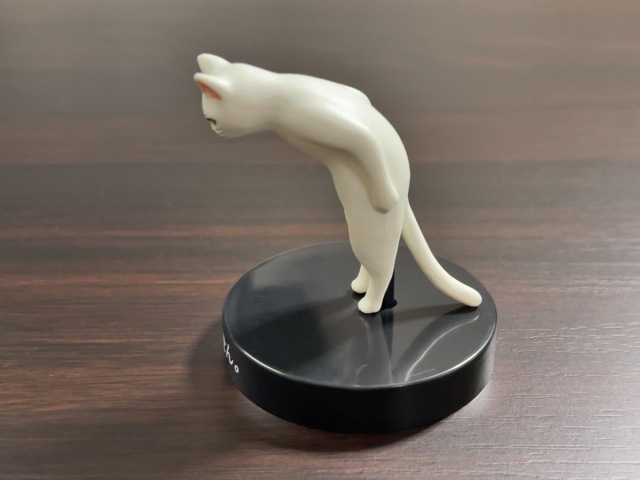
A quick look at this cat’s face, though, shows it looking upwards with its eyes while bowing, which is a no-no in the human world. Well-mannered humans are required to lower their eyes when they bow, so that their gaze falls to the ground slightly in front of their feet.
▼ As we know, though, cats don’t like to follow rules not made by them.
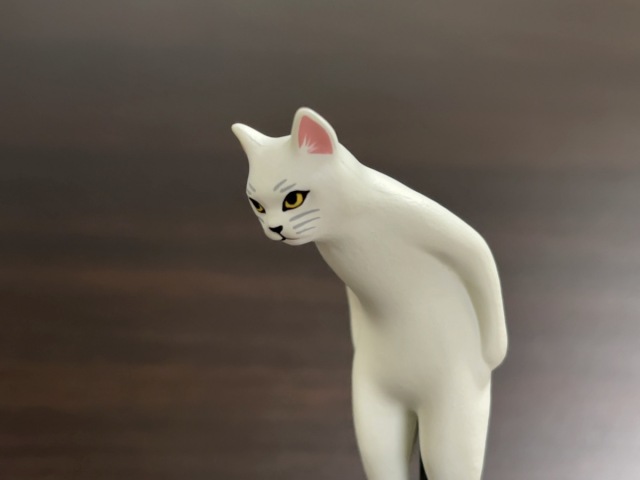
Then we have a deep bow known as “saikeirei”, which involves a bend of 45 – 70 degrees. The phrase on this pedestal reads “Moushiwake Gozaimasen“, a much more respectful way of saying “I’m sorry“, commonly used when speaking to superiors.
▼ The deeper you bow, the more respectful the apology.
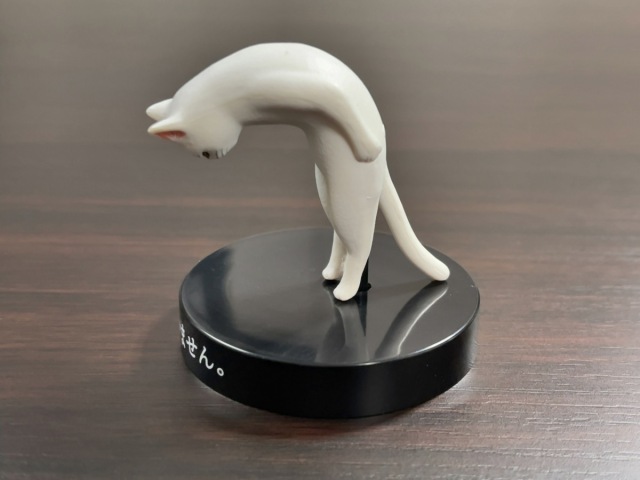
There are a couple more bows that are even deeper and more respectful, but unfortunately we weren’t able to get them when we fed our coins into the gacha machine that sold them. The bows can be seen on the little pamphlet that comes with each capsule toy, though, so we could see what they were like.
▼ Right to left in the middle image: Chinsha (“Apology“) and “Dogeza” (“Prostrate oneself“)

These are two forms of bowing people want to avoid whenever possible, because if you find yourself using them, it means you’ve done something really bad…or you’ve come across a particularly horrible customer.
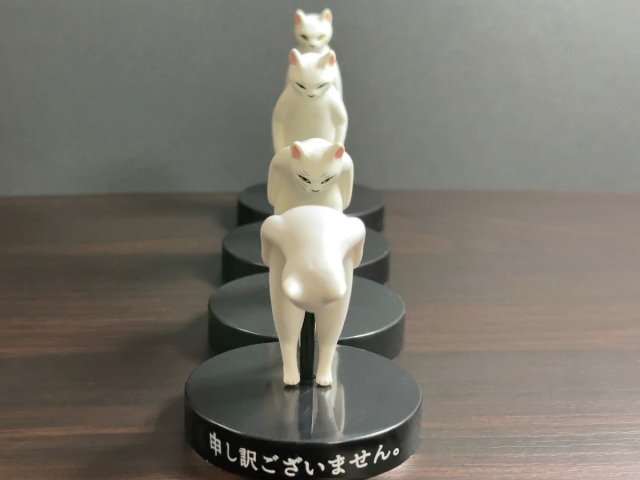
These remorseful kitties are sure to come in handy when you want to practice the art of a Japanese apology, or gift a sorry cat to a family member you’ve wronged.
Available at gacha capsule toy machines around the country for 300 yen (US$2.66) each, you could easily stock up on a whole litter of bowing cats, and even then it wouldn’t even be the strangest thing, because in Japan, even hanko stamps bow to show respect.
Photos ©SoraNews24
● Want to hear about SoraNews24’s latest articles as soon as they’re published? Follow us on Facebook and Twitter!
Credit:

0 comments:
Post a Comment